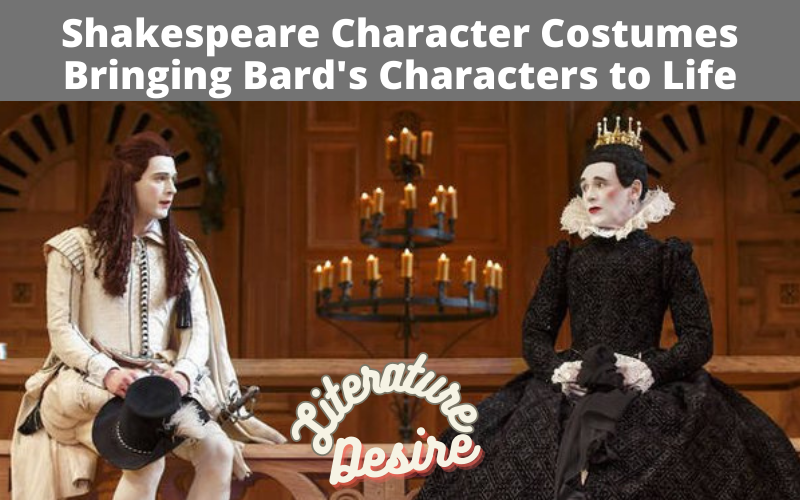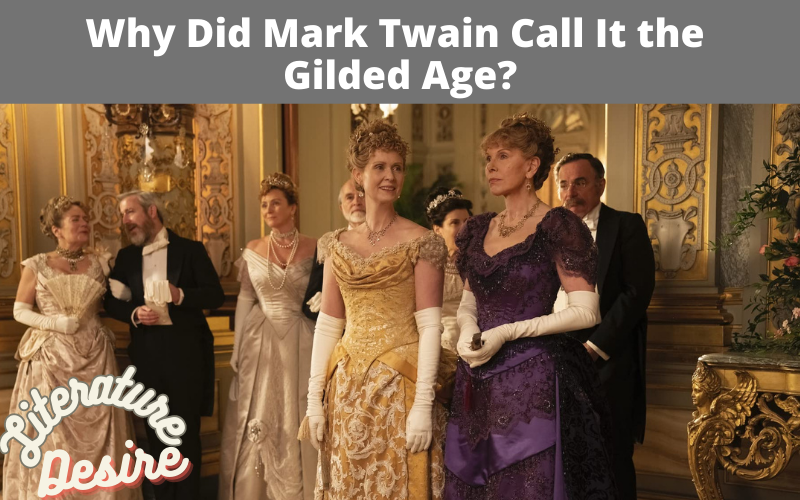When it comes to theatrical performances, there’s no denying the timeless allure of Shakespeare’s plays. From tragic heroes to mischievous fairies, his characters have captivated audiences for centuries. One essential element in bringing these iconic figures to life on stage is the careful selection and creation of Shakespeare ‘s character costumes.
In this article, we delve into the fascinating world of Shakespearean attire, exploring the historical context, the significance of costumes in storytelling, and the techniques employed to design and construct these remarkable outfits.
Shakespeare Character Costumes: Bringing Bard’s Characters to Life
Shakespeare Character Costumes: A Window into the Past
Costumes are not merely garments worn by actors; they are powerful storytelling tools that transport audiences to a specific time and place.
When it comes to Shakespearean productions, costumes play an integral role in creating an authentic experience for viewers.
Through the attire of the characters, audiences are transported to Elizabethan England and gain insights into the social hierarchy, fashion trends, and cultural norms of the time.
The Influence of Elizabethan Fashion
To accurately portray Shakespeare’s characters, costume designers must first immerse themselves in the vibrant world of Elizabethan fashion. The clothing of the era was characterized by its intricate details, rich fabrics, and elaborate accessories.
Men typically wore doublets, breeches, and ruffs, while women donned corsets, farthingales, and voluminous gowns. By studying historical references, paintings, and written accounts, costume designers can recreate the essence of this distinctive period.
Capturing the Essence of Shakespearean Characters
Shakespeare’s characters are complex and multifaceted, and their costumes must reflect their individual personalities, social status, and emotional journeys.
Whether it’s the brooding Hamlet, the enchanting Titania, or the mischievous Puck, the costumes must visually communicate the essence of each character to the audience. Every fabric, color choice, and accessory is carefully considered to bring forth the subtleties and nuances of Bard’s creations.
Authenticity Meets Practicality
While historical accuracy is crucial, modern productions often face the challenge of balancing authenticity with practicality. Stage performances require costumes that are visually striking, and durable, and allow for quick changes between scenes.
Costume designers must adapt historical designs to meet the demands of contemporary theater, ensuring that the costumes not only look accurate but also facilitate the actors’ movement and comfort on stage.
The Art of Creating Shakespeare Character Costumes
Designing and crafting Shakespeare character costumes is a meticulous process that involves collaboration, research, and craftsmanship. From the initial concept to the final garment, numerous stages and skilled hands bring the costumes to life.
Concept Development: From Page to Stage
Before a costume takes shape, it starts as a vision in the mind of the costume designer. They work closely with directors, actors, and other production team members to understand the overarching themes, character arcs, and visual aesthetics of the play.
This collaborative effort ensures that the costumes seamlessly integrate with the overall production design and effectively convey the intended message to the audience.
Extensive Research: The Key to Authenticity
Research forms the foundation of costume creation, providing valuable insights into historical accuracy and character interpretation.
Costume designers delve into the world of Shakespeare, studying the play’s context, the period it was set in, and the specific details mentioned in the text.
This research guides fabric choices, color palettes, and embellishments, enabling the costumes to reflect the essence of both the era and the characters.
Material Selection: A Symphony of Fabrics
Once the research is complete, the next step is choosing the appropriate materials to bring the costumes to life. Fabrics play a crucial role in capturing the essence of the characters, and careful consideration is given to their weight, texture, and drape.
From sumptuous velvets for regal kings and queens to lightweight linens for humble peasants, each fabric is selected to enhance the visual impact and storytelling of the costumes.
Tailoring and Construction: A Labor of Love
The skill of the costume department’s craftsmen and women comes to the forefront during the tailoring and construction phase. Every stitch, seam, and detail is meticulously executed to create a flawless garment that stands up to the demands of the stage.
Skilled tailors, seamstresses, and costume makers work tirelessly to ensure that the costumes not only fit the actors perfectly but also withstand the rigors of the performance.
Accessories and Embellishments: Adding the Finishing Touches
No Shakespeare character costume is complete without the appropriate accessories and embellishments. From crowns and jewelry to hats and shoes, these intricate details add depth and authenticity to the overall look.
Costume designers collaborate with artisans specializing in jewelry making, millinery, and shoemaking to create bespoke accessories that perfectly complement the costumes and further enhance the characters’ visual appeal.
Conclusion: Shakespeare ‘s character costumes
Shakespeare ‘s character costumes are not just mere garments but powerful tools that bring Bard’s creations to life on stage and screen. The careful attention to historical accuracy, the meticulous craftsmanship, and the collaboration between costume designers, directors, and actors ensure that audiences are transported to the vivid world of Shakespearean theater. Through the artistry of costume design, these iconic characters continue to captivate and inspire generations of theatergoers, keeping the magic of Shakespeare alive.
Frequently Asked Questions
Costume designers often consult historical research and analyze the symbolism associated with colors to make informed choices. For example, royal characters may be dressed in regal hues like deep purples and rich blues, while comedic characters may wear vibrant and playful colors like orange or yellow.
Outdoor productions present unique challenges, such as unpredictable weather conditions and the need for costumes to be visually striking from a distance. Designers must choose fabrics that can withstand outdoor elements and ensure that the costumes remain visually impactful under various lighting conditions.
In some cases, especially for classic Shakespeare plays, costumes may be reused in different productions to save time and resources. However, they are often modified and adapted to suit the specific needs and artistic vision of each production.
Costume designers blend historical accuracy with modern aesthetics by employing artistic license while staying true to the essence of the characters and the play. They may incorporate contemporary design elements, fabrics, or silhouettes to create visually compelling costumes that resonate with modern audiences.
Costume designers play a crucial role in translating the essence of Shakespeare’s characters to the big screen. They collaborate closely with directors and cinematographers to ensure that the costumes not only reflect the historical context but also enhance the visual storytelling through color, texture, and movement.



